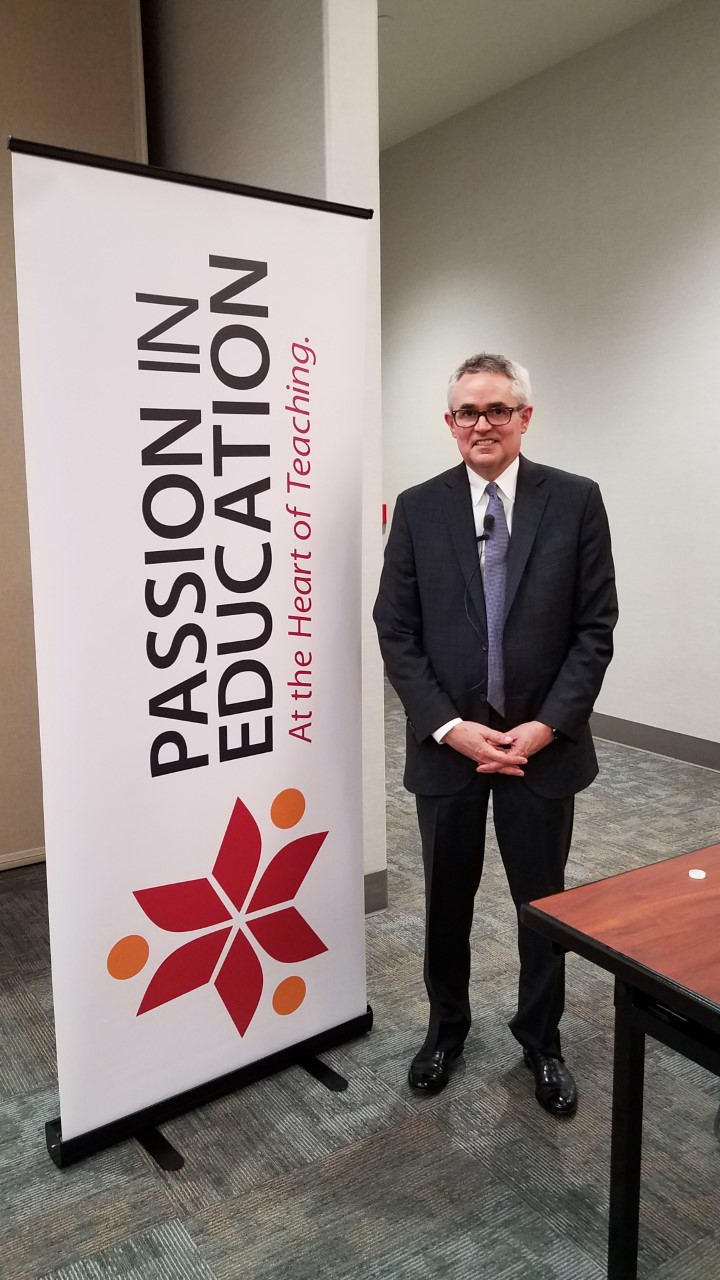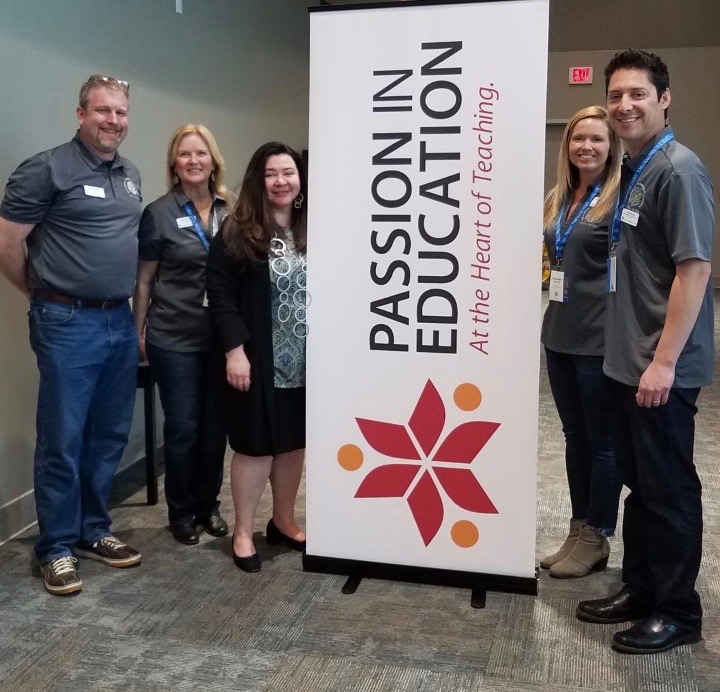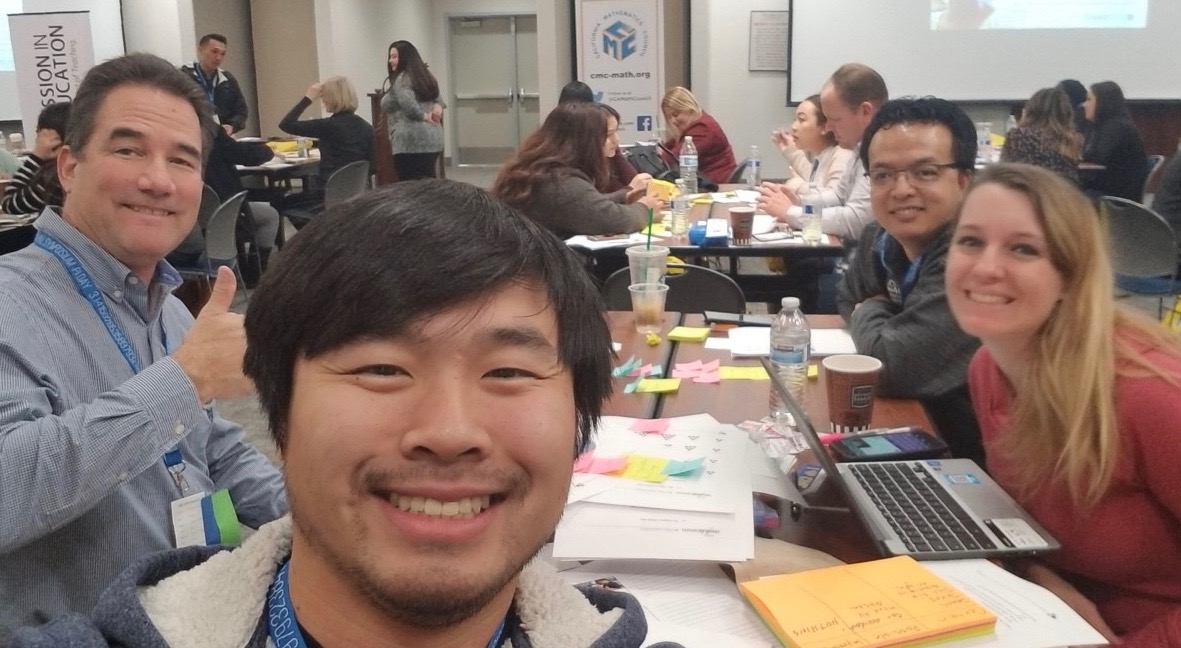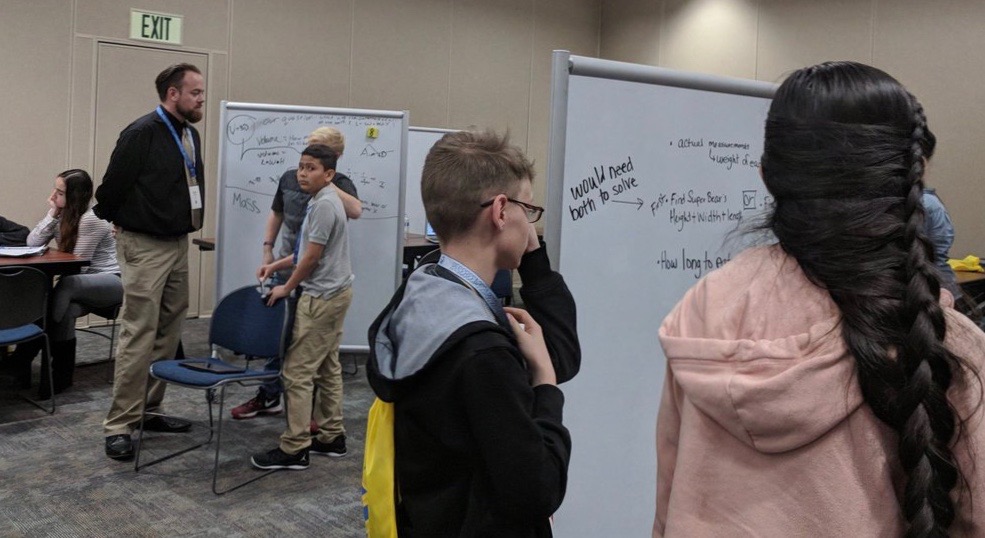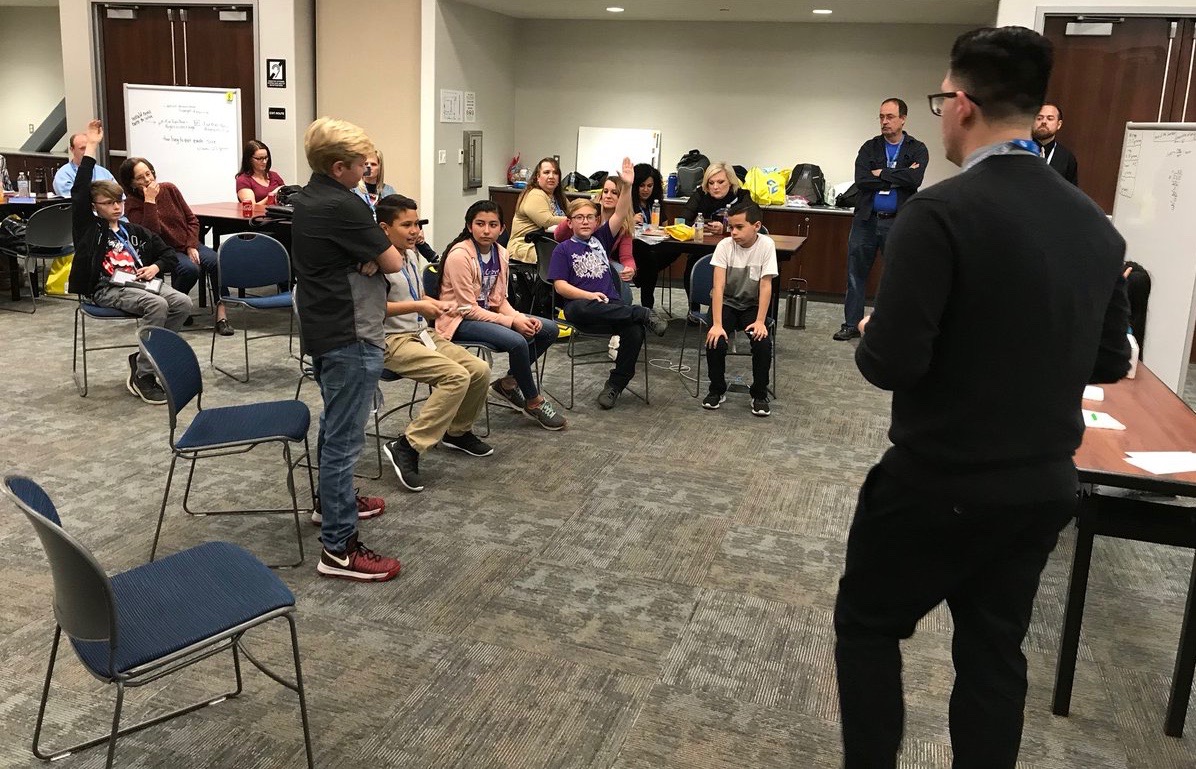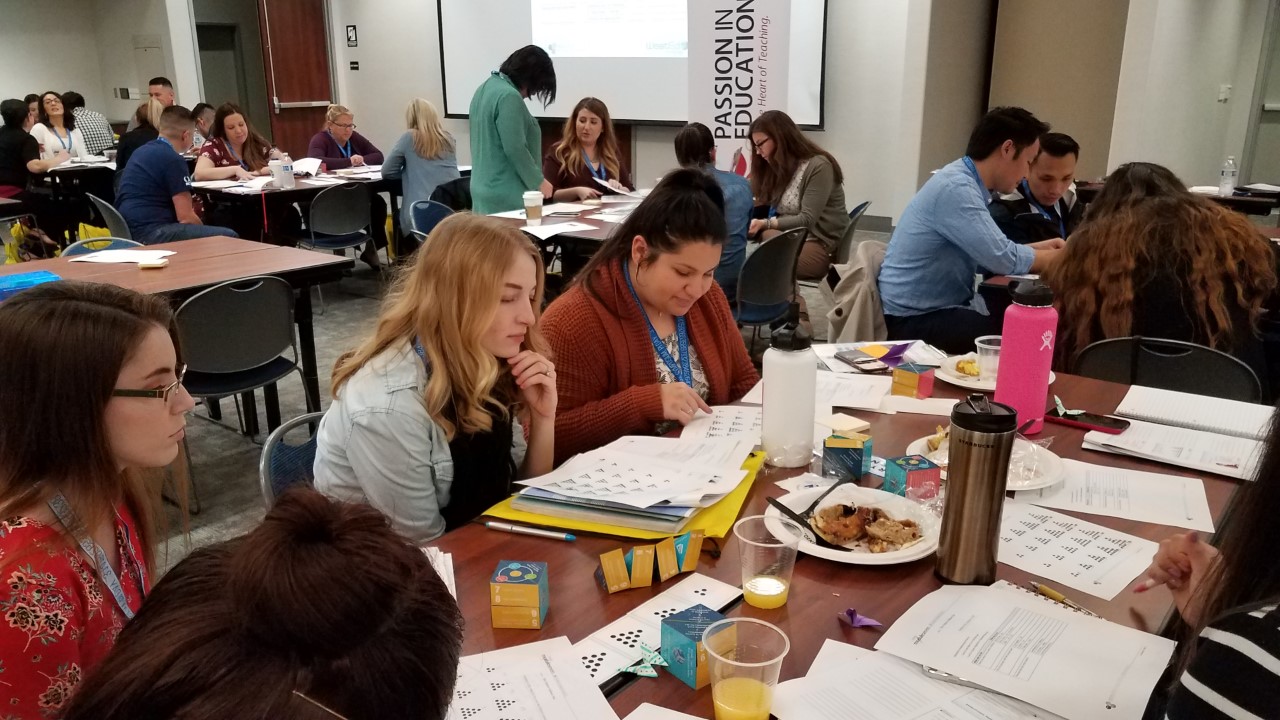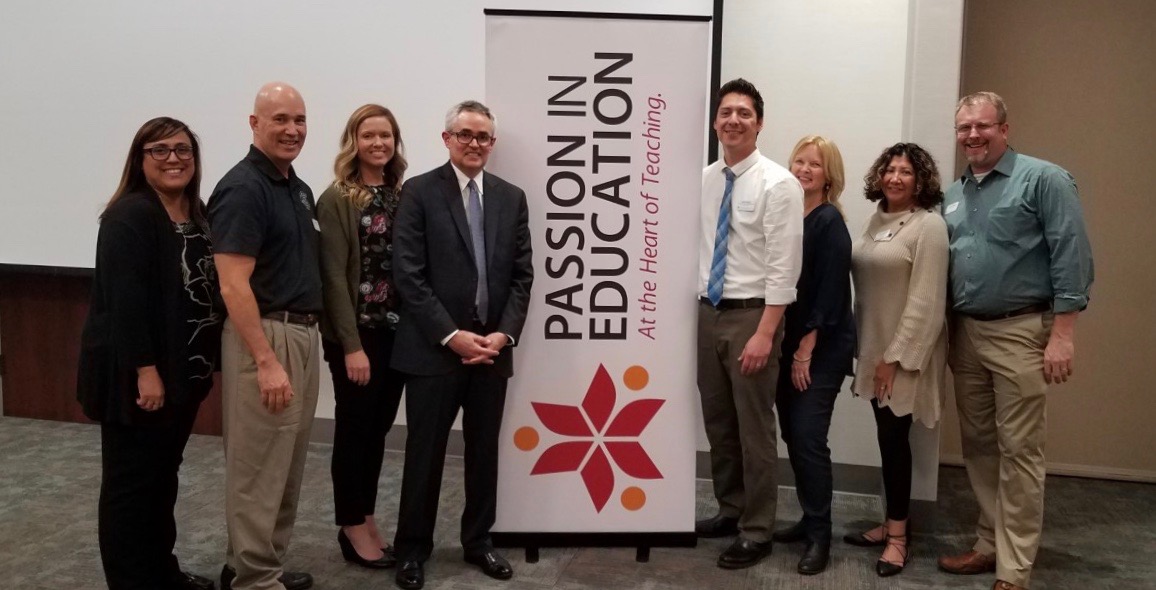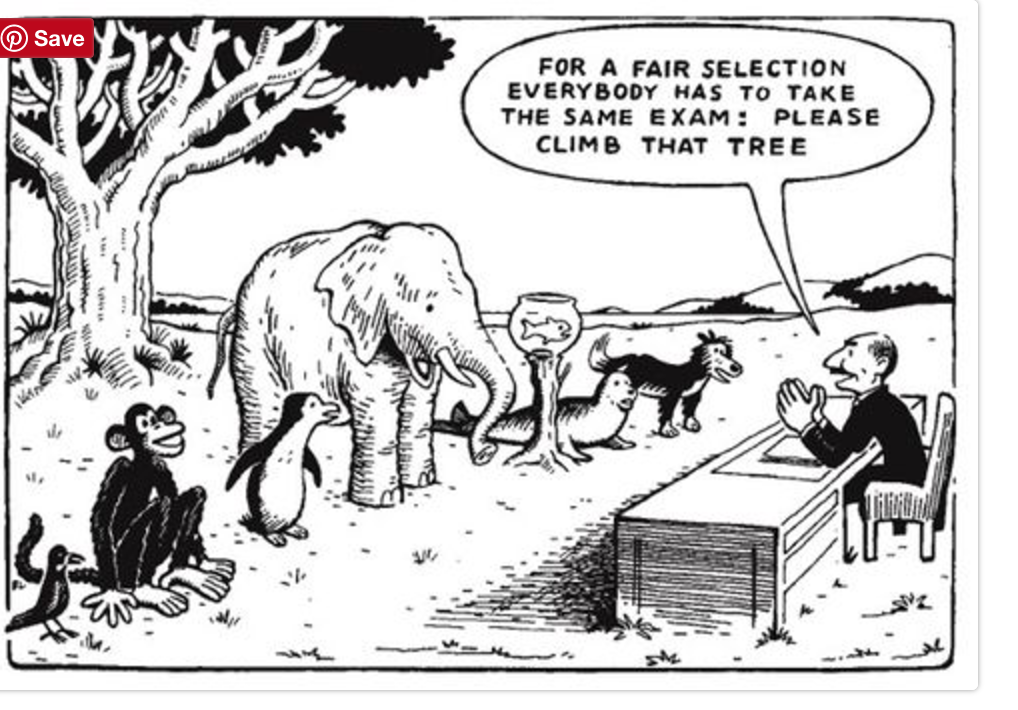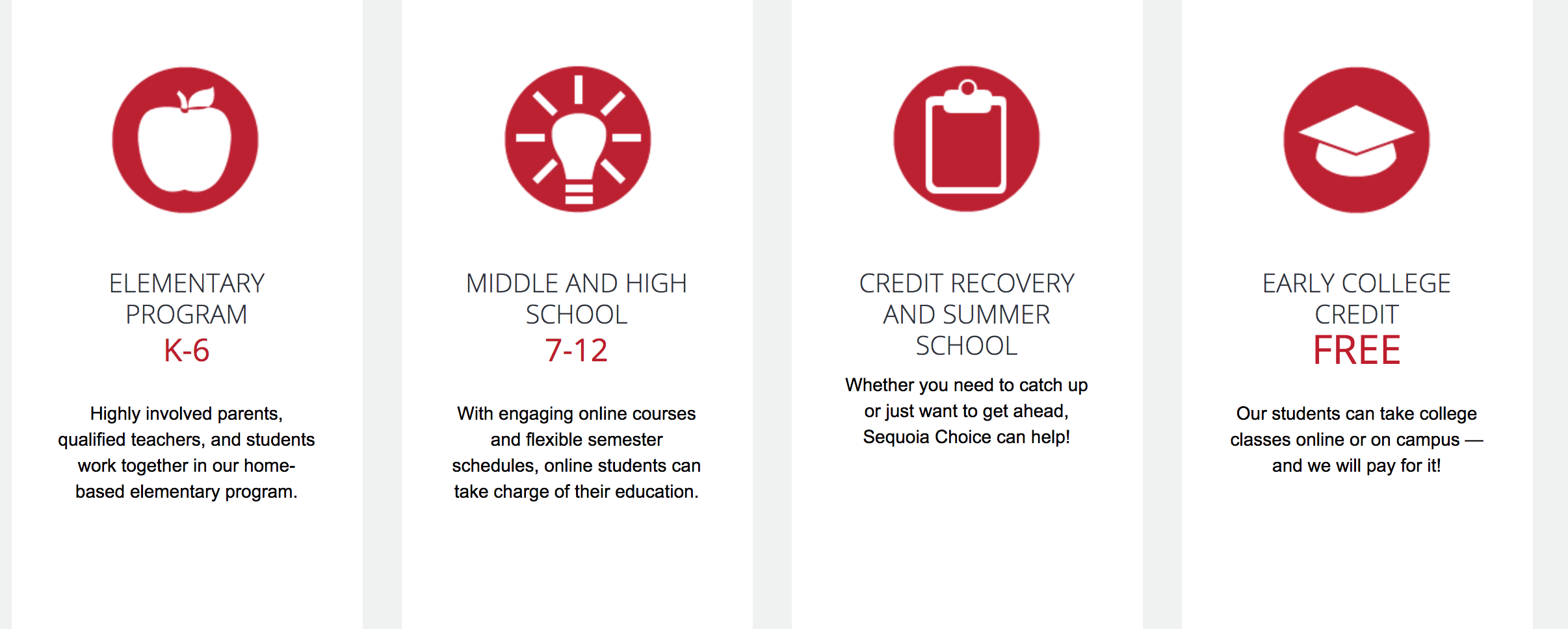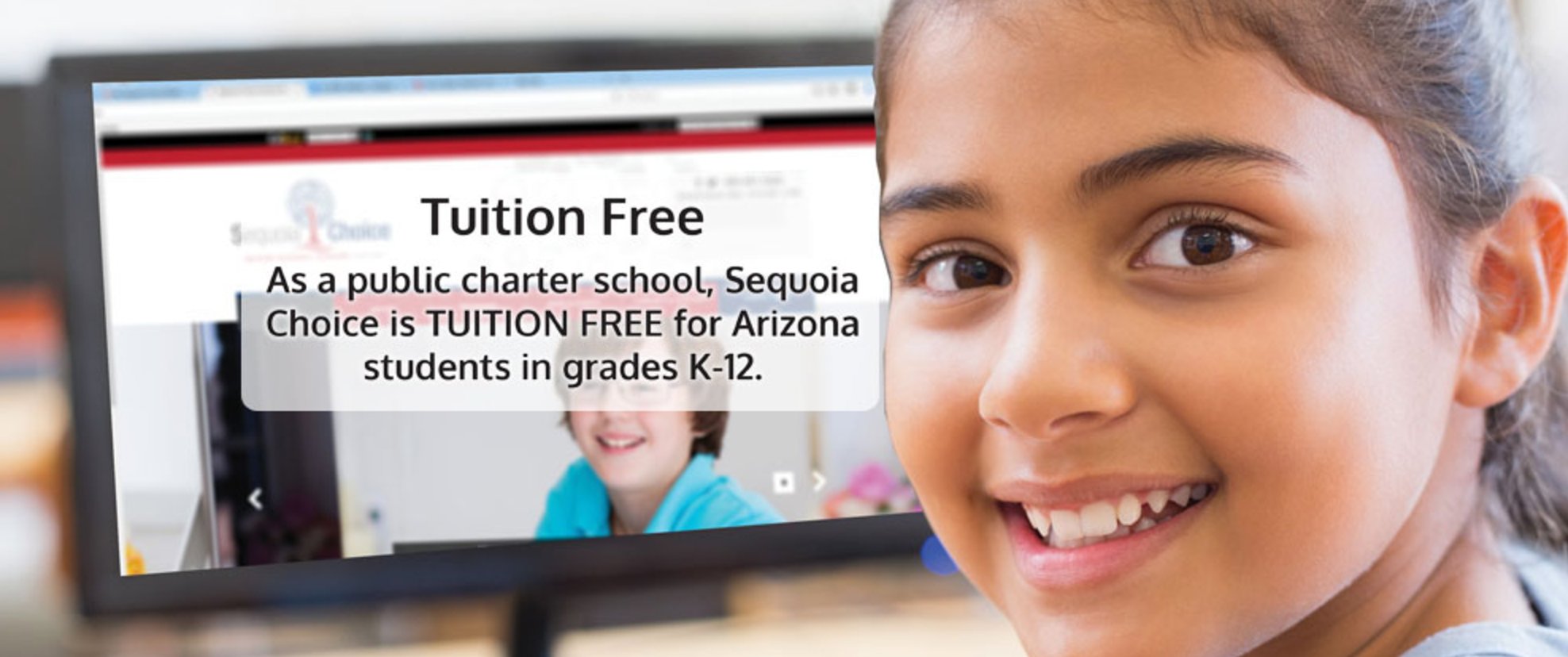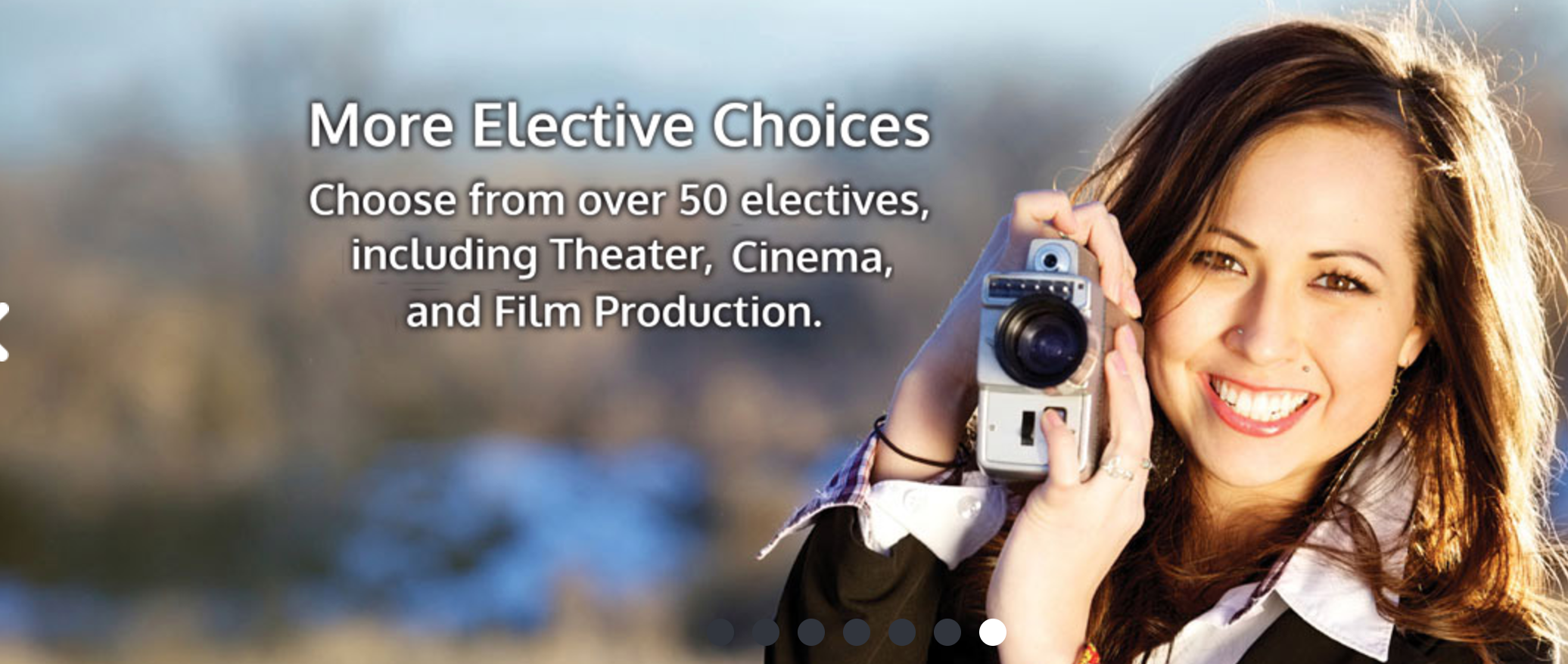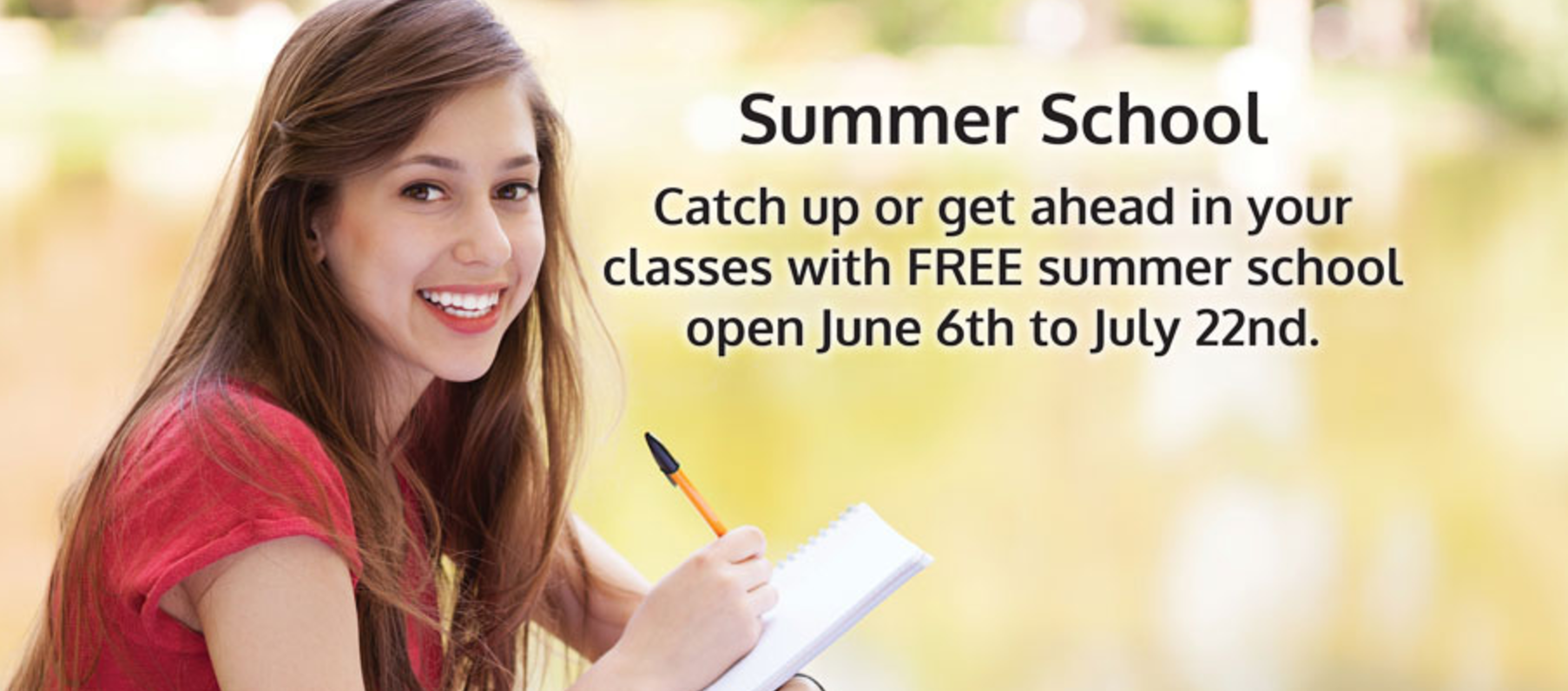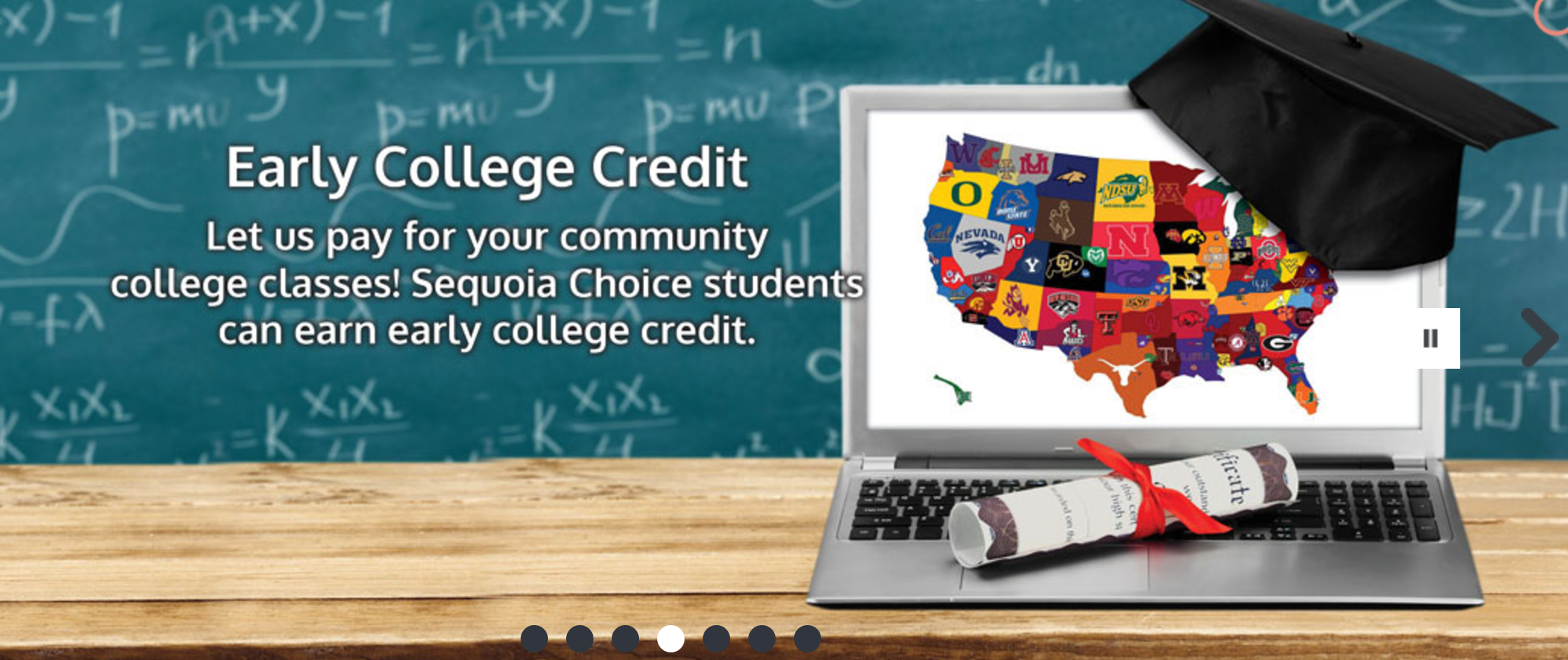 Teacher education programs must help teaching candidates to link the moral purpose that influences them with the tools that will prepare them to engage in productive change.
Teacher education programs must help teaching candidates to link the moral purpose that influences them with the tools that will prepare them to engage in productive change.
Teaching at its core is a moral profession. Scratch a good teacher and you will find a moral purpose. At the Faculty of Education, University of Toronto, we recently examined why people enter the teaching profession (Stiegelbauer 1992). In a random sample of 20 percent of 1,100 student teachers, the most frequently mentioned theme was “to make a difference in the lives of students.” Of course, such statements cannot be taken at face value because people have a variety of motives for becoming teachers. Nonetheless, there is a strong kernel of truth to this conclusion.
What happens in teacher preparation, the early years of teaching, and throughout the career, however, is another story. Those with a clear sense of moral purpose often become disheartened, and those with a limited sense of purpose are never called upon to demonstrate their commitment. In an extensive study of teacher burnout, Farber (1991) identifies the devastating effects of the growing “sense of inconsequentiality” that often accompanies the teacher’s career. Many teachers, says Farber, begin their careers “with a sense that their work is socially meaningful and will yield great personal satisfactions. ” This sense dissipates, however, as “the inevitable difficulties of teaching … interact with personal issues and vulnerabilities, as well as social pressure and values, to engender a sense of frustration and force a reassessment of the possibilities of the job and the investment one wants to make in it” (1991, p. 36).
A Natural Alliance
Certainly calls for reestablishing the moral foundation of teaching are warranted, but increased commitment at the one-to-one and classroom levels alone is a recipe for moral martyrdom. To have any chance of making teaching a noble and effective profession—and this is my theme here—teachers must combine the mantle of moral purpose with the skills of change agentry.
Moral purpose and change agentry, at first glance, appear to be strange bedfellows. On closer examination they are natural allies (Fullan 1993). Stated more directly, moral purpose—or making a difference—concerns bringing about improvements. It is, in other words, a change theme. In addition to the need to make moral purpose more explicit, educators need the tools to engage in change productively. Moral purpose keeps teachers close to the needs of children and youth; change agentry causes them to develop better strategies for accomplishing their moral goals.
Those skilled in change appreciate its volatile character, and they explicitly seek ideas for coping with and influencing change toward some desired ends. I see four core capacities for building greater change capacity: personal vision-building, inquiry, mastery, and collaboration (see Senge 1990 and Fullan 1993). Each of these has its institutional counterpart: shared vision-building; organizational structures, norms, and practices of inquiry; the development of increased repertoires of skills and know-how among organizational members; and collaborative work cultures.
But we are facing a huge dilemma. On the one hand, schools are expected to engage in continuous renewal, and change expectations are constantly swirling around them. On the other hand, the way teachers are trained, the way schools are organized, the way the educational hierarchy operates, and the way political decision makers treat educators results in a system that is more likely to retain the status quo. One way out of this quandary is to make explicit the goals and skills of change agentry. To break the impasse, we need a new conception of teacher professionalism that integrates moral purpose and change agentry, one that works simultaneously on individual and institutional development. One cannot wait for the other.
Personal Vision-Building
Working on personal visions means examining and re-examining why we came into teaching. Asking “What difference am I trying to make personally?” is a good place to start.
For most of us, the reasons are there, but possibly buried. For the beginning teacher, they may be underdeveloped. It is time to make them front and center. Block emphasizes that “creating a vision forces us to take a stand for a preferred future” (1987, p. 102). To articulate our vision of the future “is to come out of the closet with our doubts about the organization and the way it operates” (p. 105).
Personal vision comes from within. It gives meaning to work, and it exists independently of the organization or group we happen to be in. Once it gets going, it is not as private as it sounds. Especially in moral occupations like teaching, the more one takes the risk to express personal purpose, the more kindred spirits one will find. Paradoxically, personal purpose is the route to organizational change. When it is diminished, we see in its place group-think and a continual stream of fragmented, surface changes acquired uncritically and easily discarded.
Inquiry
All four capacities of change are intimately interrelated and mutually reinforcing. The second one—inquiry—indicates that formation and enactment of personal purpose are not static matters but, rather, a perennial quest. Pascale (1990) captures this precisely: “The essential activity for keeping our paradigm current is persistent questioning. I will use the term inquiry. Inquiry is the engine of vitality and self-renewal”(p. 14, emphasis in original).
Inquiry is necessary for forming and reforming personal purpose. While the latter comes from within, it must be fueled by information and ideas in the environment. Inquiry means internalizing norms, habits, and techniques for continuous learning. For the beginner, learning is critical because of its formative timing. Lifelong learning is essential because in complex, ever-changing societies mental maps “cease to fit the territory” (Pascale 1990, p. 13). Teachers as change agents are career-long learners, without which they would not be able to stimulate students to be continuous learners.
Mastery
Mastery is a third crucial ingredient. People behave their way into new visions and ideas, not just think their way into them. Mastery is obviously necessary for effectiveness, but it is also a means for achieving deeper understanding. New mind-sets arise from mastery as much as the reverse.
It has long been known that expertise is central to successful change, so it is surprising how little attention we pay to it beyond one-shot workshops and disconnected training. Mastery involves strong initial teacher education and career-long staff development, but when we place it in the perspective of comprehensive change, it is much more than this. Beyond exposure to new ideas, we have to know where they fit, and we have to become skilled in them, not just like them.
To be effective at change, mastery is essential both in relation to specific innovations and as a personal habit.
Collaboration
There is a ceiling effect to how much we can learn if we keep to ourselves (Fullan and Hargreaves 1991). The ability to collaborate on both a small- and large-scale is becoming one of the core requisites of postmodern society. Personal strength, as long as it is open-minded (that is, inquiry-oriented), goes hand-in-hand with effective collaboration—in fact, without personal strength collaboration will be more form than content. Personal and group mastery thrive on each other in learning organizations.
In sum, the moral purpose of teaching must be reconceptualized as a change theme. Moral purpose without change agentry is martyrdom; change agentry without moral purpose is change for the sake of change. In combination, not only are they effective in getting things done, but they are good at getting the right things done. The implications for teacher education and for redesigning schools are profound.
Society’s Missed Opportunity
Despite the rhetoric about teacher education today, there does not seem to be a real belief that investing in teacher education will yield results. With all the problems demanding immediate solution, it is easy to overlook a preventive strategy that would take several years to have an impact.
Currently, teacher education—from initial preparation throughout the career—is not geared toward continuous learning. Teacher education has the honor of being the worst problem and the best solution in education. The absence of a strong publicly stated knowledge base allows the misconception to continue that any smart person can teach. After visiting 14 colleges of education across the U.S., Kramer (1992) concludes:
Everything [a person] needs to know about how to teach could be learned by intelligent people in a single summer of well-planned instruction (p. 24).
In a twisted way, there is some truth to this observation. It is true in the sense that many people did and still do take such minimal instruction and manage to have a career in teaching. It is true also that some people with a strong summer program would end up knowing as much or more as others who take a weak yearlong program. In her journey, Kramer found plenty of examples of moral purpose—caring people, committed to social equality. What she found wanting was an emphasis on knowledge and understanding. Caring and competence are of course not mutually exclusive (indeed this is the point), but they can seem that way when the knowledge base is so poorly formulated.
Teacher education institutions themselves must take responsibility for their current reputation as laggards rather than leaders of educational reform. I will not take up the critical area of recruitment and selection in the profession (for the best discussion, see Schlechty 1990, chapter 1). In many ways an “if you build it, they will come” strategy is called for. It is self-defeating to seek candidates who turn out to be better than the programs they enter. What is needed is a combination of selection criteria that focus on academics as well as experience (related, for example, to moral purpose), sponsorship for underrepresented groups, and a damn good program.
Teacher educators like other would-be change agents must take some initiative themselves. Examples are now happening on several fronts. At the University of Toronto, we embarked on a major reform effort in 1988. With a faculty of some 90 staff and 1,100 full-time students in a one-year post-baccalaureate teacher certification program, we piloted a number of field-based options in partnerships with school systems (see University of Toronto, Making a Difference Video, 1992a). In 1991 I prepared a paper for our strategic planning committee, taking as a starting point the following premise: Faculties of Education should not advocate things for teachers or schools that they are not capable of practicing themselves. Using a hypothetical “best faculty of education in the country” metaphor, I suggested that such a faculty would:
- commit itself to producing teachers who are agents of educational and social improvement,
- commit itself to continuous improvement through program innovation and evaluation,
- value and practice exemplary teaching,
- engage in constant inquiry,
- model and develop lifelong learning among staff and students,
- model and develop collaboration among staff and students,
- be respected and engaged as a vital part of the university as a whole,
- form partnerships with schools and other agencies,
- be visible and valued internationally in a way that contributes locally and globally,
- work collaboratively to build regional, national, and international networks (Fullan 1991).
To illustrate, consider items 3 and 6. It would seem self-evident that faculties of education would stand for exemplary teaching among their own staff. Faculties of education have some excellent (and poor) teachers, but I would venture to say that hardly any have effective institutional mechanisms for improving their own teaching. Regarding item 6, many faculties of education advocate collaborative work cultures for schools, and some participate in professional development schools. This leads to two embarrassing questions. First, to what extent are teacher preparation programs designed so that student teachers deliberately develop and practice the habits and skills of collaboration? Even more embarrassing, to what extent do university professors (arts and science, as well as education) value and practice collaboration in their own teaching and scholarship?
Key Images for Teacher Preparation
With such guiding principles, and some experience with them through our pilot projects, we at the University of Toronto have recently begun redesigning the entire teacher preparation program. Our Restructuring Committee has proposed that:
Every teacher should be knowledgeable about, committed to, and skilled in:
- working with all students in an equitable, effective, and caring manner by respecting diversity in relation to ethnicity, race, gender, and special needs of each learner;
- being active learners who continuously seek, assess, apply, and communicate knowledge as reflective practitioners throughout their careers;
- developing and applying knowledge of curriculum, instruction, principles of learning, and evaluation needed to implement and monitor effective and evolving programs for all learners;
- initiating, valuing, and practicing collaboration and partnerships with students, colleagues, parents, community, government, and social and business agencies;
- appreciating and practicing the principles, ethics, and legal responsibilities of teaching as a profession;
- developing a personal philosophy of teaching which is informed by and contributes to the organizational, community, societal, and global contexts of education (University of Toronto, B.Ed. Restructuring Committee, 1992b).
We are now developing the actual program, curriculum, and teaching designs. Everything we know about the complexities of change applies in spades to the reform of higher education institutions. Nonetheless, after four years, we have made good progress and look forward to the next four years as the ones when more comprehensive and systematic reform will be put into place (see also Goodlad 1991, Howey 1992, and the third report of the Holmes Group, forthcoming).
To summarize: Faculties of education must redesign their programs to focus directly on developing the beginner’s knowledge base for effective teaching and the knowledge base for changing the conditions that affect teaching. Sarason puts it this way: “Is it asking too much of preparatory programs to prepare their students for a `real world’ which they must understand and seek to change if as persons and professionals they are to grow, not only to survive” (in press, p. 252, my emphasis). Goodlad (1991) asks a similar question: “Are a large percentage of these educators thoroughly grounded in the knowledge and skills required to bring about meaningful change?” (p. 4). The new standard for the future is that every teacher must strive to become effective at managing change.
Redesigning Schools
One of the main reasons that restructuring has failed so far is that there is no underlying conception that grounds what would happen within new structures. Restructuring has caused changes in participation, in governance, and in other formal aspects of the organization, but in the majority of cases, it has not affected the teaching-learning core and professional culture (Berends 1992, Fullan 1993). To restructure is not to reculture.
The professional teacher, to be effective, must become a career-long learner of more sophisticated pedagogies and technologies and be able to form and reform productive collaborations with colleagues, parents, community agencies, businesses, and others. The teacher of the future, in other words, must be equally at home in the classroom and in working with others to bring about continuous improvements.
I do not have the space to elaborate—indeed many of the details have not been worked out. The general directions, however, are clear. In terms of pedagogy, the works of Gardner (1991) and Sizer (1992)—in developing approaches to teaching for understanding—exemplify the kinds of knowledge and skills that teachers must develop and enlarge upon throughout their careers.
Beyond better pedagogy, the teacher of the future must actively improve the conditions for learning in his or her immediate environments. Put one way, teachers will never improve learning in the classroom (or whatever the direct learning environment) unless they also help improve conditions that surround the classroom. Andy Hargreaves and I developed 12 guidelines for action consistent with this new conception of “interactive professionalism”:
- locate, listen to, and articulate your inner voice;
- practice reflection in action, on action, and about action;
- develop a risk-taking mentality;
- trust processes as well as people;
- appreciate the total person in working with others;
- commit to working with colleagues;
- seek variety and avoid balkanization;
- redefine your role to extend beyond the classroom;
- balance work and life;
- push and support principals and other administrators to develop interactive professionalism;
- commit to continuous improvement and perpetual learning;
- monitor and strengthen the connection between your development and students’ development (Fullan and Hargreaves 1991).
We also developed eight guidelines for principals that focus their energies on reculturing the school toward greater interactive professionalism to make a difference in the educational lives of students. However, as important as principals can be, they are a diversion (and perhaps a liability) as far as new conceptions of the professional teacher are concerned. In a real sense, what gives the contemporary principalship inflated importance is the absence of leadership opportunities on the part of teachers (Fullan 1993).
A New Professionalism
Teacher professionalism is at a threshold. Moral purpose and change agentry are implicit in what good teaching and effective change are about, but as yet they are society’s (and teaching’s) great untapped resources for radical and continuous improvement. We need to go public with a new rationale for why teaching and teacher development are fundamental to the future of society.
Above all, we need action that links initial teacher preparation and continuous teacher development based on moral purpose and change agentry with the corresponding restructuring of universities and schools and their relationships. Systems don’t change by themselves. Rather, the actions of individuals and small groups working on new conceptions intersect to produce breakthroughs (Fullan 1993). New conceptions, once mobilized, become new paradigms. The new paradigm for teacher professionalism synthesizes the forces of moral purpose and change agentry.
References
Berends, M. (1992). “A Description of Restructuring in Nationally Nominated Schools.” Paper presented at the Annual Meeting of the American Educational Research Association, San Francisco.
Block, P. (1987). The Empowered Manager. San Francisco: Jossey-Bass.
Farber, B. (1991). Crisis in Education. San Francisco: Jossey-Bass.
Fullan, M. (1991). “The Best Faculty of Education in the Country: A Fable.” Submitted to the Strategic Planning Committee. Faculty of Education, University of Toronto.
Fullan, M. (1993). Change Forces: Probing the Depths of Educational Reform. London: Falmer Press.
Fullan, M., and A. Hargreaves. (1991). What’s Worth Fighting for in Your School? Toronto: Ontario Public School Teachers’ Federation; Andover, Mass.: The Network; Buckingham, U.K.: Open University Press; Melbourne: Australian Council of Educational Administration.
Gardner, H. (1991). The Unschooled Mind. New York: Basic Books.
Goodlad, J. (1991). “Why We Need a Complete Redesign of Teacher Education.” Educational Leadership 49, 3: 4–10.
Holmes Group. (In press). Tomorrow’s Colleges of Education. East Lansing, Mich.: Holmes Group.
Howey, K. R. (1992). The Network of Fifteen. Columbus: Ohio State University.
Kramer, R. (1992). Ed School Follies. New York: Foss Press.
Pascale, P. (1990). Managing on the Edge. New York: Touchstone.
Sarason, S. (In press). The Case for a Change: The Preparation of Educators. San Francisco: Jossey-Bass.
Schlechty, P. (1990). Reform in Teacher Education. Washington, D.C.: American Association of Colleges of Education.
Senge, P. (1990). The Fifth Discipline. New York: Doubleday.
Sizer, T. (1992). Horace’s School: Redesigning the American High School. Boston: Houghton Mifflin.
Stiegelbauer, S. (1992). “Why We Want to Be Teachers.” Paper presented at the Annual Meeting of the American Educational Research Association, San Francisco.
University of Toronto, Faculty of Education. (1992a). Making a Difference Video, Toronto, Ontario.
University of Toronto, Faculty of Education. (1992b). “B.Ed. Restructuring Committee Report,” Toronto, Ontario.
Michael G. Fullan is Dean of Education, University of Toronto, 371 Bloor St., West, Toronto, Ontario, Canada M5S 2R7.



